-
 Bitcoin
Bitcoin $117900
0.31% -
 Ethereum
Ethereum $3766
0.28% -
 XRP
XRP $3.176
-0.31% -
 Tether USDt
Tether USDt $1.000
0.00% -
 BNB
BNB $795.6
1.51% -
 Solana
Solana $186.8
-1.09% -
 USDC
USDC $0.9999
-0.01% -
 Dogecoin
Dogecoin $0.2353
-1.33% -
 TRON
TRON $0.3226
1.49% -
 Cardano
Cardano $0.8172
-1.08% -
 Sui
Sui $4.178
3.06% -
 Hyperliquid
Hyperliquid $43.05
-3.39% -
 Stellar
Stellar $0.4367
-0.57% -
 Chainlink
Chainlink $18.62
1.47% -
 Hedera
Hedera $0.2828
6.63% -
 Bitcoin Cash
Bitcoin Cash $584.7
5.65% -
 Avalanche
Avalanche $24.81
2.53% -
 Litecoin
Litecoin $112.8
-0.88% -
 UNUS SED LEO
UNUS SED LEO $8.975
-0.08% -
 Shiba Inu
Shiba Inu $0.00001395
-1.07% -
 Toncoin
Toncoin $3.285
-1.05% -
 Ethena USDe
Ethena USDe $1.001
0.01% -
 Polkadot
Polkadot $4.123
0.76% -
 Uniswap
Uniswap $10.49
-0.18% -
 Monero
Monero $326.5
0.14% -
 Dai
Dai $0.9999
-0.02% -
 Bitget Token
Bitget Token $4.576
0.34% -
 Pepe
Pepe $0.00001247
-1.55% -
 Cronos
Cronos $0.1400
3.77% -
 Aave
Aave $295.1
-0.73%
NFT Production Guide: Step-by-step Guide to Creating Unique Digital Collections
Artists can monetize their work by creating unique NFT collections, from conceptualizing themes to minting on blockchains like Ethereum or Polygon.
Jun 06, 2025 at 12:42 pm
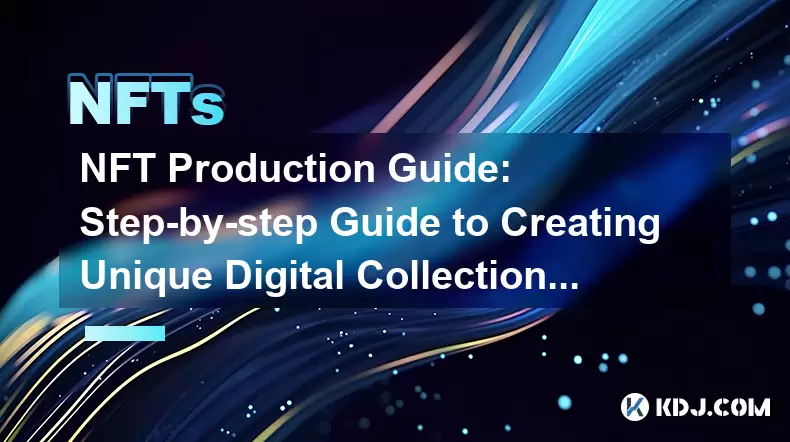
Creating unique digital collections in the form of Non-Fungible Tokens (NFTs) has become a popular way for artists and creators to monetize their work in the cryptocurrency space. This step-by-step guide will walk you through the process of NFT production, from conceptualization to minting on a blockchain. Whether you're a seasoned digital artist or a newcomer to the world of NFTs, this guide will provide you with the necessary tools and knowledge to produce and sell your unique digital collections.
Conceptualizing Your NFT Collection
Before diving into the technical aspects of NFT production, it's crucial to start with a strong concept. Your NFT collection should have a clear theme or narrative that resonates with potential buyers. This could be anything from a series of digital art pieces to unique music tracks or virtual real estate.
To conceptualize your NFT collection, consider the following:
- Identify your niche: What type of digital content are you passionate about creating? Whether it's art, music, or gaming assets, focusing on a niche can help you stand out in the crowded NFT market.
- Research the market: Look at existing NFT collections to see what's popular and what gaps you can fill. Platforms like OpenSea and Rarible are great places to start.
- Develop a unique selling proposition (USP): What makes your collection different? It could be the story behind the pieces, the interactive elements, or the limited edition nature of your NFTs.
Creating Your Digital Content
Once you have a solid concept, the next step is to create the digital content that will be tokenized as NFTs. The quality of your digital content is paramount, as it will determine the value and appeal of your NFTs.
Here are some tips for creating high-quality digital content:
- Use professional tools: Depending on your niche, you might need different software. For digital art, tools like Adobe Photoshop or Procreate are popular. For music, DAWs like Ableton Live or FL Studio can be used.
- Focus on originality: Your content should be unique and not infringe on any copyrights. This is crucial for the legitimacy and value of your NFTs.
- Consider interactivity: Some of the most successful NFTs incorporate interactive elements, such as augmented reality (AR) features or dynamic content that changes over time.
Preparing Your Content for Minting
Before you can mint your NFTs, you need to prepare your digital content for the blockchain. This involves converting your files into a format that can be stored on the blockchain and ensuring that they meet the platform's requirements.
Here's how to prepare your content:
- Choose the right file format: Most NFT platforms accept common file formats like JPEG, PNG, GIF, MP3, and MP4. Ensure your files are in one of these formats.
- Optimize file size: Large files can be costly to mint and store on the blockchain. Compress your files without sacrificing too much quality to keep costs down.
- Create metadata: Metadata provides additional information about your NFTs, such as the title, description, and attributes. Platforms like OpenSea allow you to add metadata when minting your NFTs.
Choosing a Blockchain and Platform
The next step in the NFT production process is to choose a blockchain and platform for minting your NFTs. Different blockchains offer varying levels of security, speed, and cost, so it's important to choose one that aligns with your needs.
Here are some popular options:
- Ethereum: The most widely used blockchain for NFTs, known for its security and large ecosystem. However, it can be expensive due to high gas fees.
- Polygon: A layer-2 solution that offers lower fees and faster transactions than Ethereum. It's compatible with Ethereum and can be used for NFTs.
- Flow: Known for its scalability and used by popular NFT projects like NBA Top Shot. It's designed specifically for consumer applications.
Once you've chosen a blockchain, you'll need to select a platform for minting and selling your NFTs. Popular platforms include:
- OpenSea: The largest NFT marketplace, supporting multiple blockchains and offering a user-friendly interface.
- Rarible: Another popular platform that allows you to mint and sell NFTs, with a focus on community governance.
- Foundation: A curated platform that requires an invitation to join, known for its high-quality digital art.
Minting Your NFTs
Minting is the process of creating your NFTs on the blockchain. This step converts your digital content into a unique token that can be bought, sold, and owned.
Here's how to mint your NFTs:
- Set up a wallet: You'll need a cryptocurrency wallet that supports the blockchain you've chosen. For Ethereum, popular options include MetaMask and Coinbase Wallet.
- Fund your wallet: You'll need to have the native cryptocurrency of the blockchain in your wallet to pay for gas fees. For Ethereum, this means having ETH.
- Connect to the platform: Navigate to your chosen platform and connect your wallet. This usually involves clicking a "Connect Wallet" button and following the prompts.
- Upload your content: Follow the platform's instructions to upload your digital content and metadata. This will typically involve filling out a form with details about your NFT.
- Set your price: Decide whether you want to sell your NFT at a fixed price or through an auction. Some platforms also allow you to set royalties, which means you'll earn a percentage of future sales.
- Mint your NFT: Click the "Mint" button to create your NFT on the blockchain. This process can take a few minutes and will require you to confirm the transaction in your wallet.
Promoting and Selling Your NFTs
Once your NFTs are minted, the final step is to promote and sell them. Effective marketing is crucial for attracting buyers and maximizing the value of your NFTs.
Here are some strategies for promoting your NFTs:
- Leverage social media: Share your NFTs on platforms like Twitter, Instagram, and TikTok. Use hashtags like #NFT and #CryptoArt to reach a wider audience.
- Engage with the community: Join NFT-focused communities on platforms like Discord and Reddit. Share your work and engage with potential buyers.
- Collaborate with other creators: Partnering with other artists or influencers can help you reach new audiences and add value to your NFTs.
- Offer incentives: Consider offering limited-time discounts or exclusive perks to early buyers to encourage sales.
Frequently Asked Questions
Q: Can I create NFTs for free?
A: While creating the digital content itself is free, minting NFTs on most blockchains requires paying gas fees. Some platforms offer free minting options, but these are less common and may come with limitations.
Q: How do I ensure the uniqueness of my NFTs?
A: To ensure the uniqueness of your NFTs, focus on creating original content and using metadata to differentiate each piece. Some platforms also offer features like rarity scores to highlight the uniqueness of your NFTs.
Q: What are the legal considerations when creating NFTs?
A: When creating NFTs, it's important to ensure that your digital content does not infringe on any copyrights or trademarks. Additionally, consider the terms of service of the platform you're using, as they may have specific requirements or restrictions.
Q: Can I create NFTs on multiple blockchains?
A: Yes, it's possible to create NFTs on multiple blockchains, but this requires setting up wallets and accounts on each platform and managing different cryptocurrencies for gas fees. Some platforms, like OpenSea, support multiple blockchains, making it easier to manage your NFTs across different networks.
Disclaimer:info@kdj.com
The information provided is not trading advice. kdj.com does not assume any responsibility for any investments made based on the information provided in this article. Cryptocurrencies are highly volatile and it is highly recommended that you invest with caution after thorough research!
If you believe that the content used on this website infringes your copyright, please contact us immediately (info@kdj.com) and we will delete it promptly.
- Cryptos to Watch in 2025: Punisher Coin, Chainlink, and the Altcoin Arena
- 2025-07-27 18:30:13
- Bitcoin, Altcoins, Rebound: Navigating the Crypto Comeback Trail
- 2025-07-27 18:30:13
- Ethereum, Bitcoin, and Altcoins: A Shift in Crypto Tides?
- 2025-07-27 19:10:13
- Windtree Therapeutics' Bold BNB Strategy: A $520 Million Crypto Play
- 2025-07-27 19:10:13
- Solana, Staking, and Unilabs: What's the Buzz in the Crypto Space?
- 2025-07-27 16:50:13
- VeChain, HBAR, Remittix: Navigating the Crypto Landscape in 2025
- 2025-07-27 17:10:12
Related knowledge
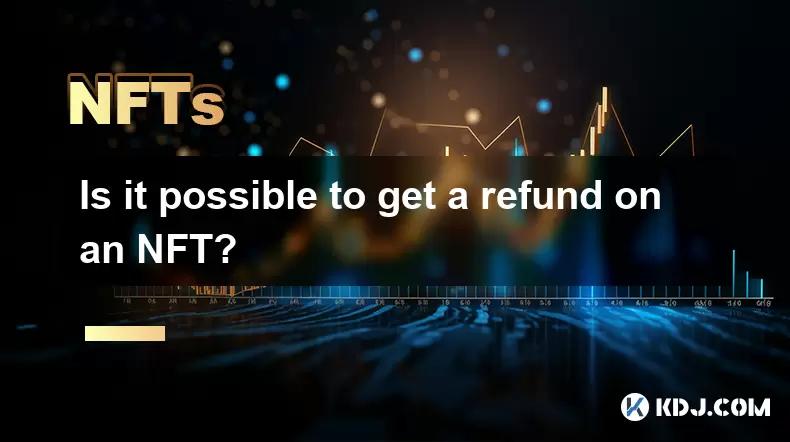
Is it possible to get a refund on an NFT?
Jul 21,2025 at 08:35pm
Understanding NFT Transactions and RefundsWhen you purchase an NFT (Non-Fungible Token), the transaction is typically recorded on a blockchain, making...
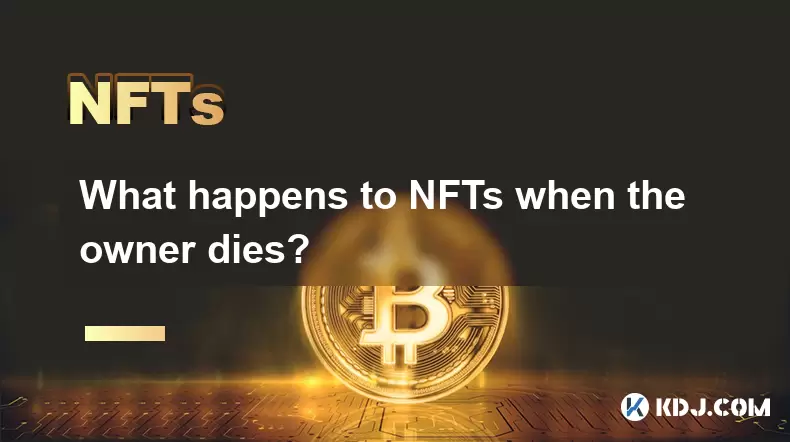
What happens to NFTs when the owner dies?
Jul 22,2025 at 02:43pm
Legal Ownership and Digital AssetsWhen an individual owns NFTs, the question of what happens to these assets upon their death is a pressing one. NFTs ...
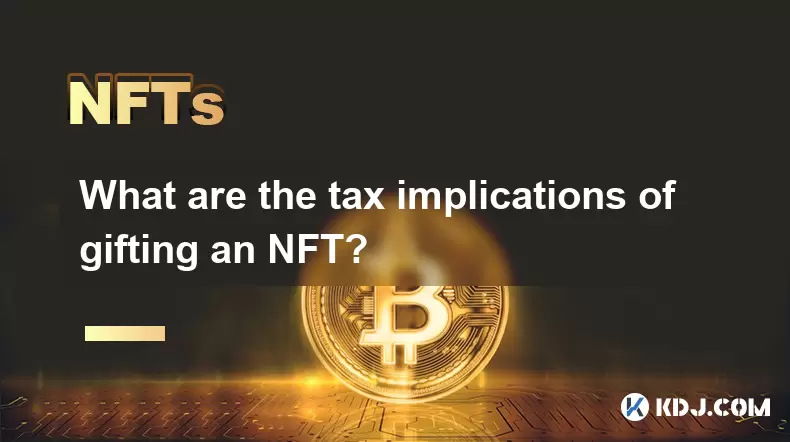
What are the tax implications of gifting an NFT?
Jul 19,2025 at 04:21am
Understanding the Basics of NFT GiftingGifting a Non-Fungible Token (NFT) involves transferring ownership from one individual to another without recei...
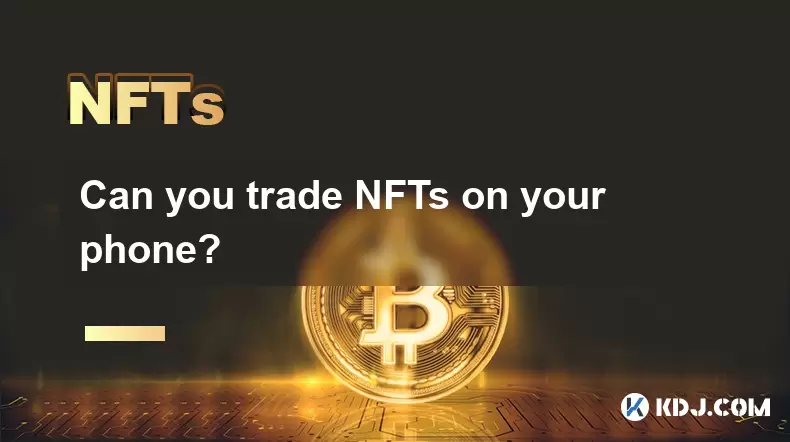
Can you trade NFTs on your phone?
Jul 18,2025 at 04:29am
Trading NFTs on Mobile DevicesYes, you can trade NFTs on your phone, and the process has become increasingly streamlined thanks to a variety of mobile...
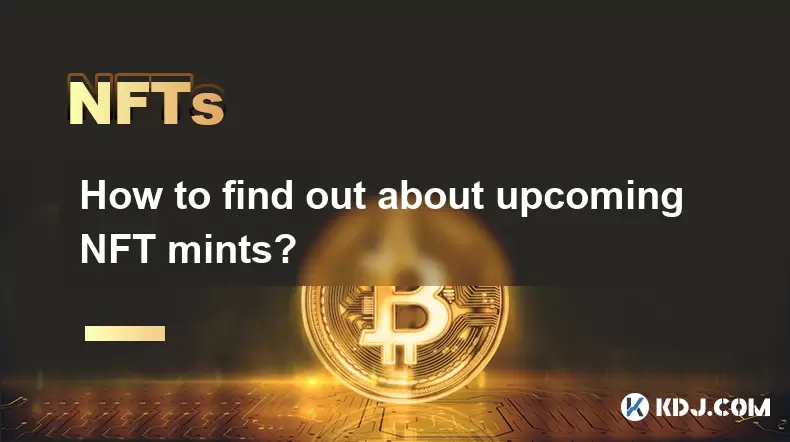
How to find out about upcoming NFT mints?
Jul 18,2025 at 11:50am
Exploring NFT Minting OpportunitiesUnderstanding the landscape of upcoming NFT mints is crucial for collectors, investors, and creators who wish to st...
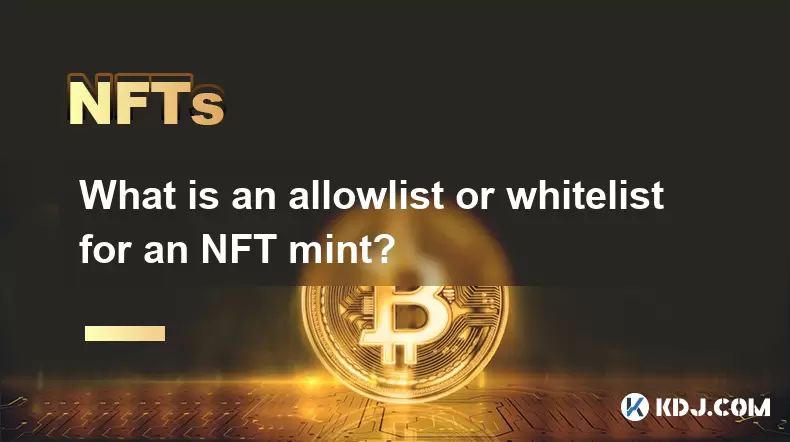
What is an allowlist or whitelist for an NFT mint?
Jul 20,2025 at 07:14pm
Understanding the Concept of an Allowlist for NFT MintingAn allowlist, also commonly referred to as a whitelist, is a mechanism used in the NFT mintin...

Is it possible to get a refund on an NFT?
Jul 21,2025 at 08:35pm
Understanding NFT Transactions and RefundsWhen you purchase an NFT (Non-Fungible Token), the transaction is typically recorded on a blockchain, making...

What happens to NFTs when the owner dies?
Jul 22,2025 at 02:43pm
Legal Ownership and Digital AssetsWhen an individual owns NFTs, the question of what happens to these assets upon their death is a pressing one. NFTs ...

What are the tax implications of gifting an NFT?
Jul 19,2025 at 04:21am
Understanding the Basics of NFT GiftingGifting a Non-Fungible Token (NFT) involves transferring ownership from one individual to another without recei...

Can you trade NFTs on your phone?
Jul 18,2025 at 04:29am
Trading NFTs on Mobile DevicesYes, you can trade NFTs on your phone, and the process has become increasingly streamlined thanks to a variety of mobile...

How to find out about upcoming NFT mints?
Jul 18,2025 at 11:50am
Exploring NFT Minting OpportunitiesUnderstanding the landscape of upcoming NFT mints is crucial for collectors, investors, and creators who wish to st...

What is an allowlist or whitelist for an NFT mint?
Jul 20,2025 at 07:14pm
Understanding the Concept of an Allowlist for NFT MintingAn allowlist, also commonly referred to as a whitelist, is a mechanism used in the NFT mintin...
See all articles

























































































